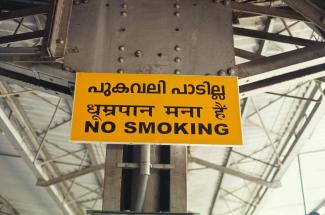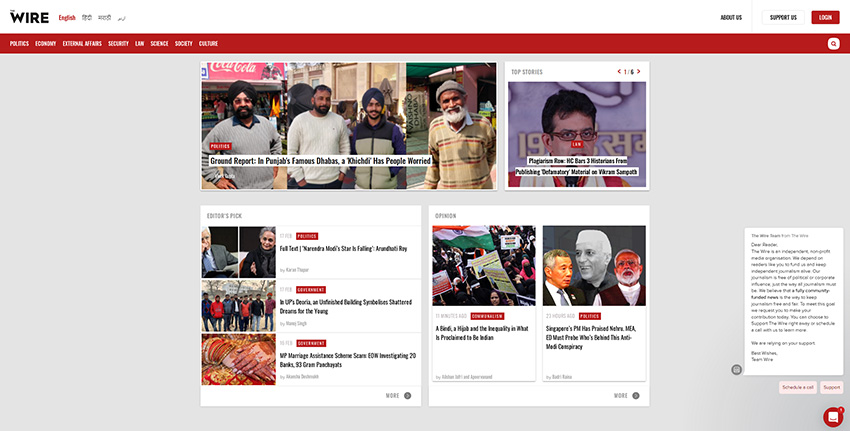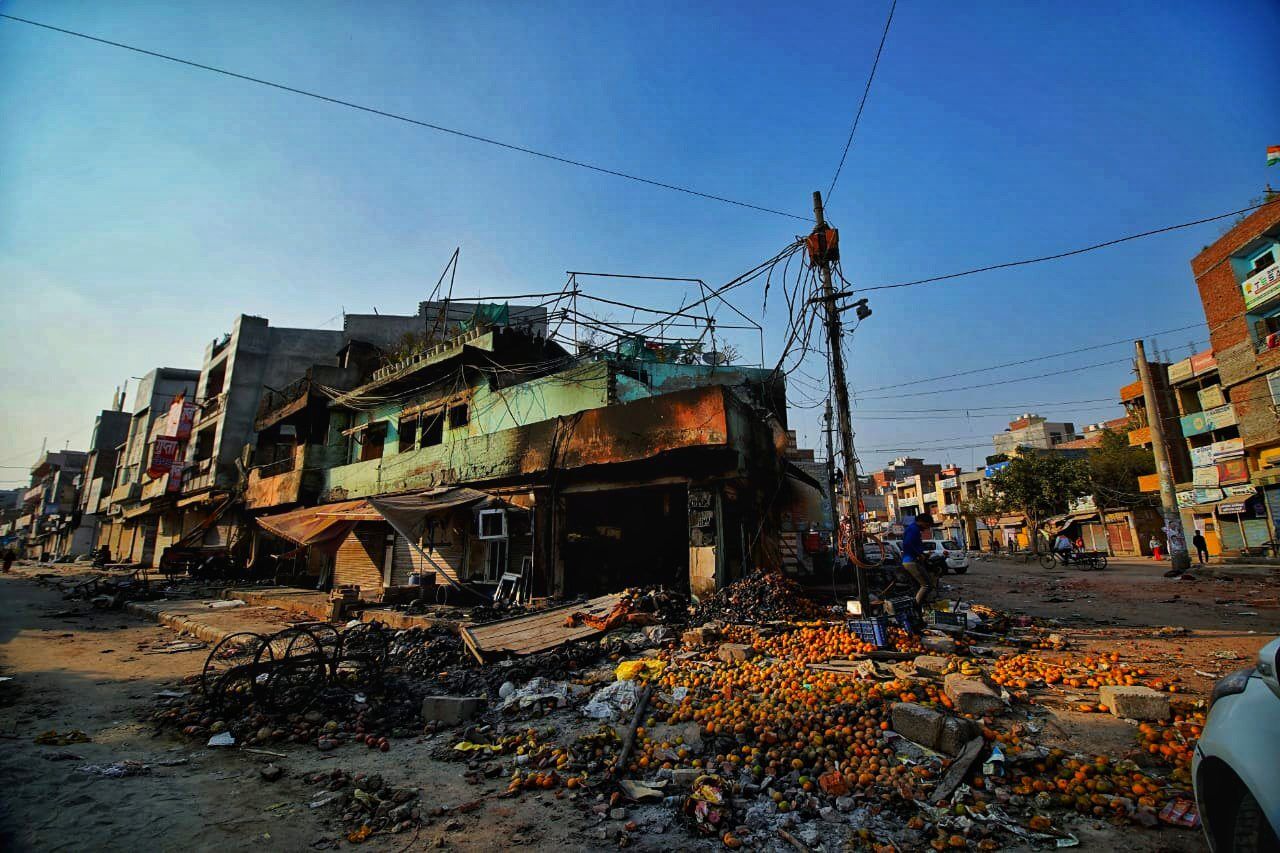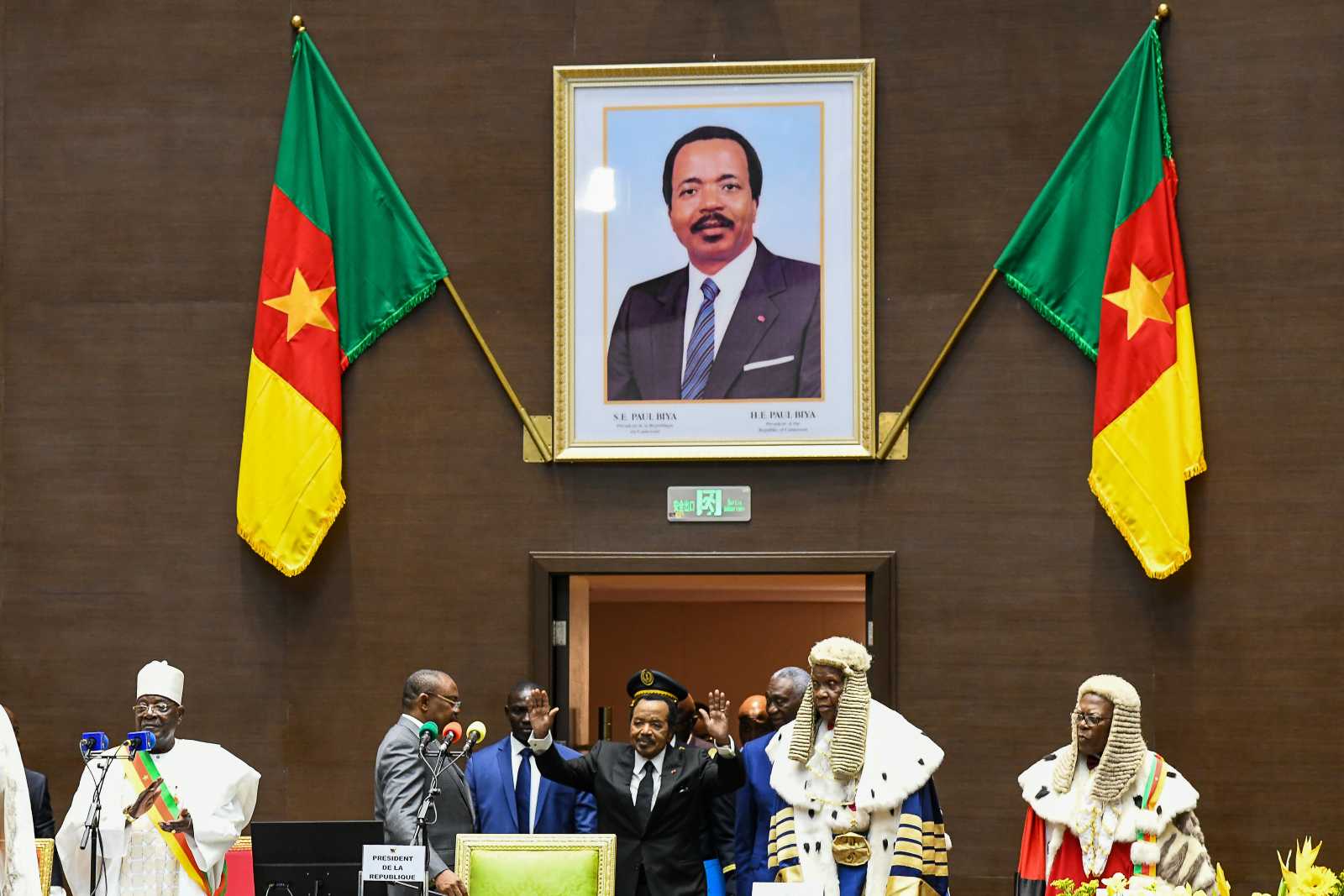Hindu-supremacism
Why South India snubs Modi

In February, leaders from three south Indian states – Kerala, Karnataka and Tamil Nadu – staged a protest in New Delhi. They stated that their states only get an unfair share of the taxes raised by the central government. For every rupee collected in Karnataka, only 0.15 rupees return to that state. The respective figures are 0.29 for Tamil Nadu 0.57 for Kerala.
By contrast, the states where Hindi is the main language benefit heavily from central-government spending. Bihar, Uttar Pradesh and Madhya Pradesh receive between two to seven rupees for every rupee collected there.
Prime Minister Narendra Modi’s BJP tends to be strong in these north and central Indian states, which are also marked by more poverty and poorer development indicators. Their populations are large and still growing comparatively fast, so elections tend to be decided there.
On the other hand, fertility rates have dropped slightly below the replacement level for India as a whole. The south’s representatives argue that their states are being penalised for achieving population control targets and progressing towards human-development indicators more efficiently than those in the Hindi-belt in central and north India.
The image of a chief minister protesting for his state’s share of funds was new and so unusual that it found space in the national TV programmes. This happened in spite of most media companies largely having surrendered their independence to the central government. In exchange, they get advertising revenues from public institutions and are safe from harassment by investigative agencies, including the tax authorities.
Modi’s mandate is weaker than it seems
However, Modi’s democratic mandate is weaker than it seems. In the general elections of 2019, Modi’s party was only supported by 38 % of Indian voters. Thanks to the first-past-the-post system, that was enough to win a comfortable majority of seats: 303 of 543. Whether a candidate convinces a majority of voters in a constituency, or only more than any other competitor does, is not relevant. Results had been similar five years earlier.
Modi has used this mandate to change the country. According to the constitution, India is a secular state. The BJP supremacist ideology called Hindutva nonetheless wants it to be a Hindu nation. Islamophobic mobs strategically launch bloody riots. The BJP – and institutions it runs – treat Muslims, who make up not quite 15 % of the population, as second-class citizens. To some extent, Christians are ostracised too.
Modi is currently running for a third term as prime minister in this years’ general election, which is taking place in stages in April and May. He is proudly displaying anti-Muslim credentials.
If Modi-friendly media is to be believed he is likely to succeed. If he indeed does, he would then certainly entrench his authoritarian policies more deeply. Hindutva propaganda, however, would seem more convincing if it was not rejected in some states, especially in the south.
After all, south India does have a deeply entrenched Hindu heritage. It is home to hundreds of ancient, grand and glorious temples. Many of them attract masses of believers. Some also serve as destinations for tourists from all over the world. Legends and actual history are full of powerful Hindu monarchs.
South India is different
There are several reasons why southern states have snubbed Modi so far. The BJP promotes the idea of India being a monolithic nation with a single culture and Hindi as its official language. In southern eyes, that is simply wrong.
South India’s regional languages belong to the Dravidian group and are not related to Hindi, an Indo-European tongue. Anti-Hindi agitations date back to the 1930s, when the Indian National Congress government in the Madras province (erstwhile South Indian states) led by Chakravarti Rajagopalachari promoted Hindi at the cost of Dravidian languages.
The BJP is now seen as a Hindi party from North India. It struggles to convince southerners of its “vision”. It does not understand that the Hinduism of the south is different from the north’s. The south was deeply influenced by Buddhism and Jainism, two south Asian religions that reject the caste system, according to which Brahmins are superior by birth.
Moreover, the south has also had many Hindu religious reformers, singers and poets who have left a lasting imprint on its spiritual landscape.
Anti-Brahminical heritage
In Tamil Nadu, the regional party Dravida Munnetra Kazhagam found immense electoral success by focusing on the region’s Dravidian roots. They include a powerful anti-Brahminical tradition, which goes back to EVR Periyar’s Dravidian Movement almost a century ago.
Caste has not magically died in south India, but this movement helped to establish a non-Brahmin ruling class across south India. Its initial demand was to create a separate nation that would have been called Dravida Nadu. That did not happen. However, Dravidian assertiveness did contribute to independent India not getting an all-powerful central government in Delhi. The constitution gives the states important roles.
Regional parties have driven home the message that south Indian Hindus have more in common with south Indian Muslims than they do with north Indian Hindus.
Every Indian state has its own political scenario. That is no different in the south. In coastal Karnataka, the BJP has made inroads, and it has even managed the state government. However, its Islamophobia did not play well. A ban on girls wearing hijab in school was particularly unpopular. Hindu-supremacists decisively lost last year’s state election.
Less traumatised by partition
When all else fails, the BJP in the north ups the ante on anti-Pakistan rhetoric, including threats to start war with Pakistan and annex all of Kashmir. It also mobilises anti-Bangladeshi sentiments. This kind of propaganda, however, has less traction in the south because this part of the country was not directly traumatised by the bloody partition violence of 1947. When colonial India was split into India and Pakistan, Hindu-Muslim violence killed hundreds of thousands of people, but southern regions were not affected much.
Shared languages and regional traditions create strong bonds. Political parties can use them to bridge communal divides and fight back against Hindu supremacism. Obviously, fact-based narratives like “the north prospers by plundering the south” are helpful too, especially because they already made sense decades ago, even before the BJP became a nationally relevant political force. We have reason to hope it will not become strong in South India.
Krupa Ge is a journalist and novelist based in Tamil Nadu.
krupa.ge@gmail.com

















